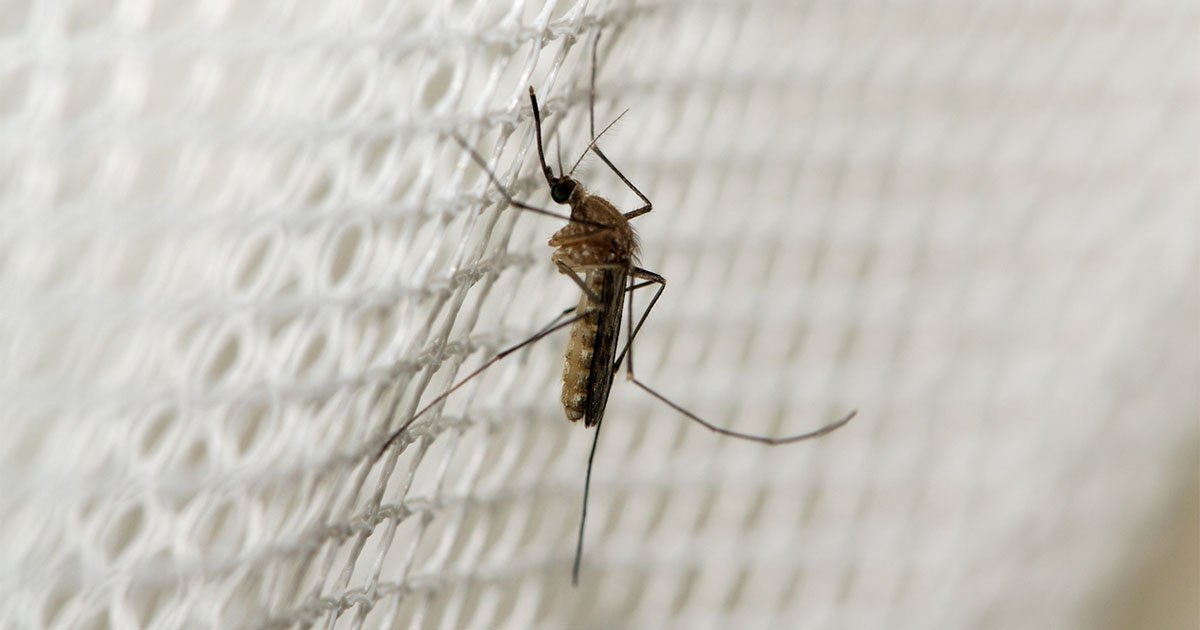The climate crisis negatively impacts public health across the globe by lowering air quality, increasing food scarcity and malnutrition, and driving the spread of insect-borne infectious diseases, among other health effects. The mosquitoes that transmit malaria tend to thrive in tropical and sub-tropical nations, where climatic factors like increased temperature, humidity, and rainfall have led to increased mosquito populations.
In Mozambique, for example, climate change has led to rising temperatures and more frequent, severe weather events that have, in turn, increased the mosquito populations and the spread of malaria among the country’s residents.
To address this challenge, researchers from the University of Minnesota School of Public Health (SPH) are developing new tools that integrate climate and malaria data in order to more precisely identify areas in Mozambique where severe weather events will increase the risk of contracting malaria. By predicting at-risk areas, the new tool will help inform malaria-control activities and will be integrated into Mozambique’s existing malaria-control and disaster-management programs.
